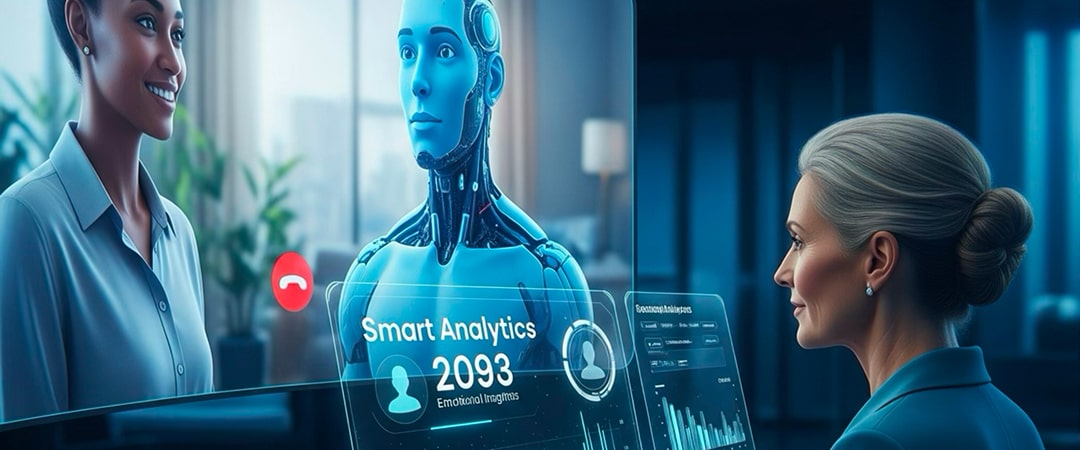And in 2025, AI video interviews are no longer the “next big thing.” They’re the default. From early-stage screening to culture-fit assessments, AI has become an indispensable co-pilot for recruiters, HR leaders, and hiring managers worldwide.
At its core, an AI video interview is a virtual interaction powered by algorithms that assess candidate responses — not just the words, but tone, emotion, behavioral signals, and even facial cues (where permitted). These systems are powered by Natural Language Processing (NLP), Computer Vision, and Machine Learning.
AI in recruitment uses intelligent parsing and machine learning to match candidates not just by keywords but by skills, experience, and contextual relevance. It automates the initial screening, shortlists qualified talent, and ensures hiring managers spend time only on truly promising candidates.
- They’re adaptive — adjusting questions based on real-time inputs.
- They’re intelligent — offering predictive scoring on soft skills, job fit, and communication style.
- They’re more ethical — built to reduce bias, not reinforce it.
According to Gartner, over 70% of enterprise organizations are now using some form of AI-driven video interviewing — a massive leap from just 25% in 2021.
A 2024 SHRM study showed that companies using bias-aware AI tools reported 32% more diversity in candidate shortlists.
Real-World Use Cases in 2025
- IBM uses AI interviews to assess communication and problem-solving skills for entry-level roles across geographies — slashing screening time by over 40%.
- Unilever deployed AI video assessments globally and reported a 16% improvement in candidate satisfaction scores.
- A leading Indian IT major integrated an AI avatar to simulate client scenarios during interviews — increasing technical round efficiency by 60%.
For Recruiters:
- Scale with consistency: Evaluate 1,000 candidates with the same rigor you’d apply to 10.
- Faster time-to-hire: Companies report reducing their average hiring cycles by 7–10 days.
- Data-driven insights: AI provides structured reports that eliminate ambiguity in shortlisting.
- 24/7 flexibility: Apply and interview at your own pace — no timezone clashes.
- More fairness: Evaluations based on skills and communication, not accents or background noise.
- Clarity & transparency: Many platforms now provide post-interview reports and personalized feedback.
Common Myths Debunked
- Multimodal interviews that combine voice, video, coding, and even real-time problem-solving.
- Emotional intelligence detection, not for judgment, but to better understand candidate communication styles.
- Context-aware AI avatars that reflect your brand tone — be it casual, corporate, or creative.
By 2026, we’ll likely see AI video interviews deeply personalized by job type, culture-fit needs, and learning agility metrics.
- Define your goals. Do you want speed? Consistency? DEI improvements?
- Choose the right tech. Look for platforms that are transparent about data handling, bias reduction, and explainability.
- Train your team. Educate recruiters on how to interpret AI-generated reports — not blindly follow them.
- Inform candidates. Build trust by sharing how AI is used in your process. The more transparent, the better.
- Monitor and optimize. Regularly audit your interview data for unintended bias or drop-offs.
